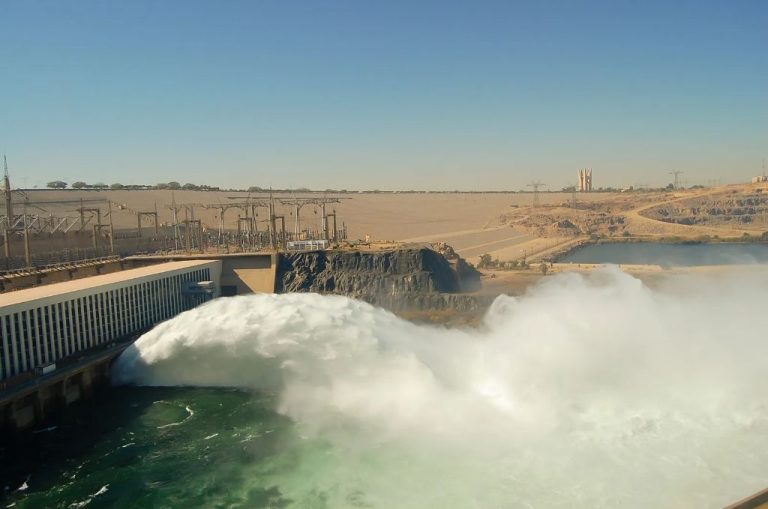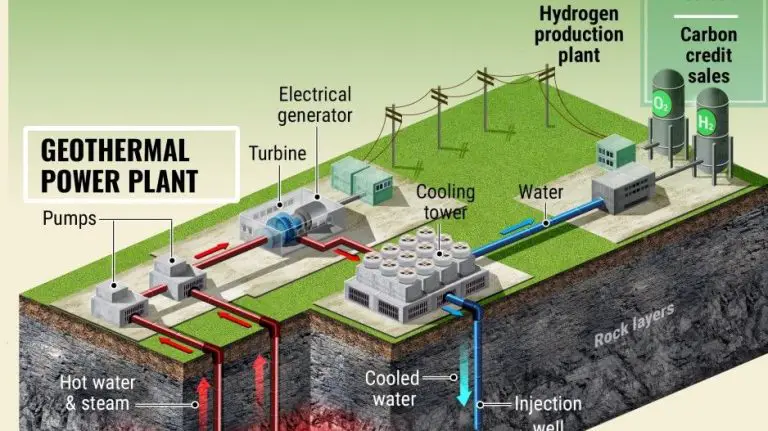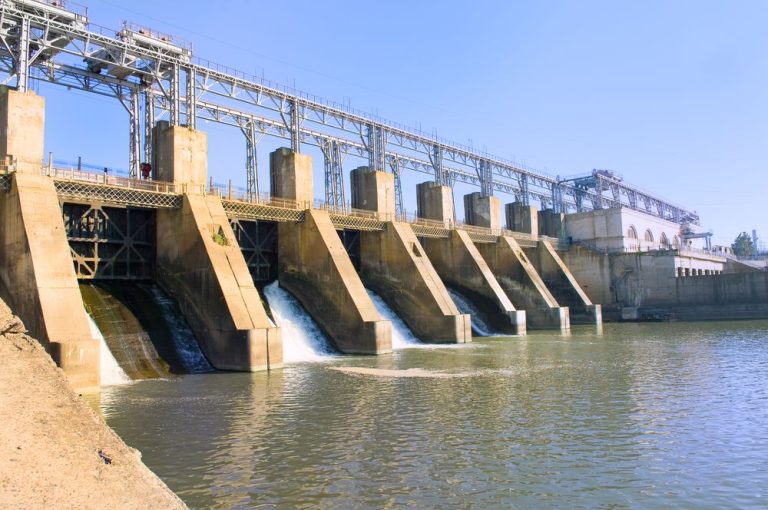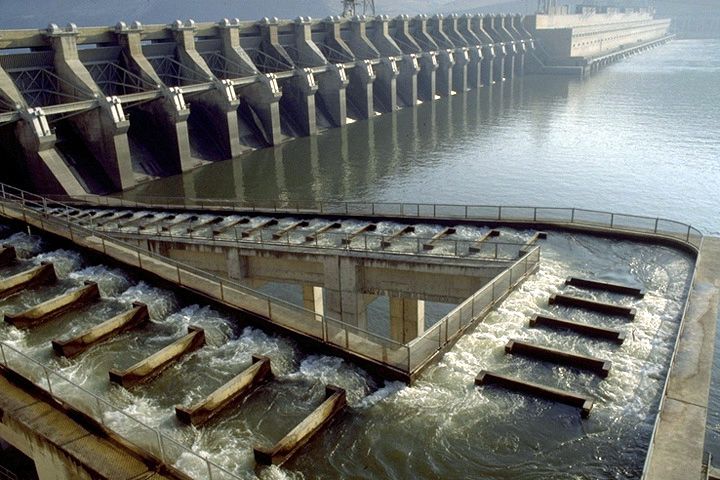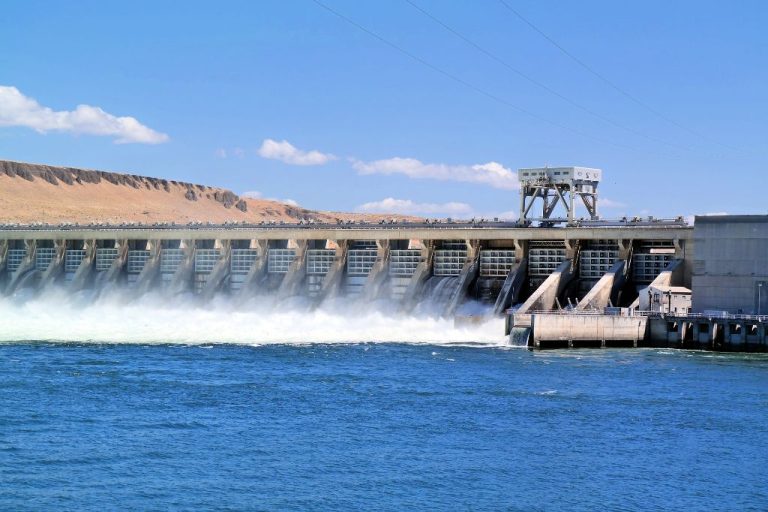When Was Water Used For Power?
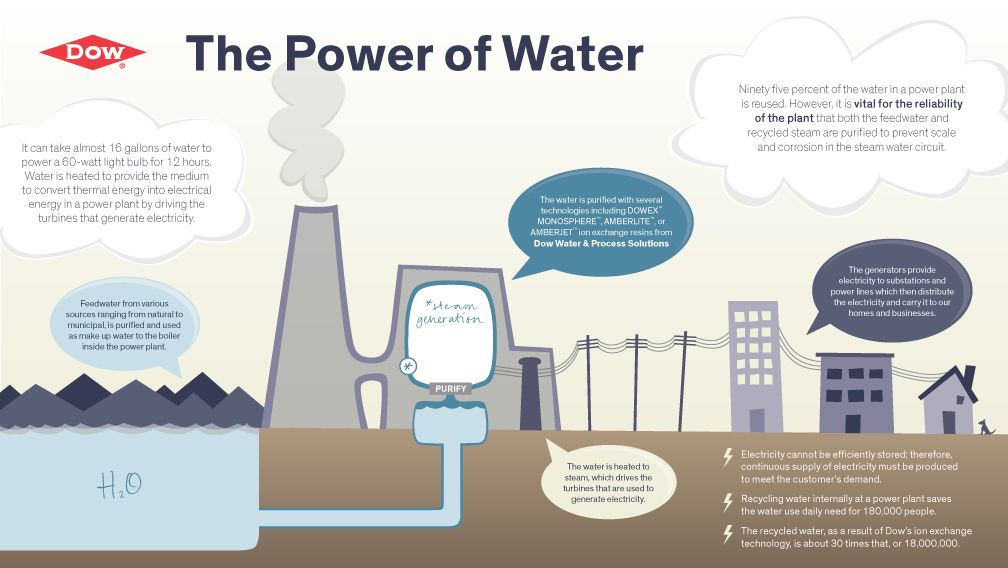
The use of moving water to generate power dates back thousands of years. Basic paddle wheels and watermills were utilized in ancient times, mainly for mechanical tasks like grinding grain. It wasn’t until the late 19th century that technology advanced enough for large scale hydropower to be harnessed for electricity.
This article will provide an overview of the major developments in harnessing water for power throughout history, from the early water wheels to the first hydroelectric plants and the hydropower boom of the 20th century. We will examine how innovations in hydraulics, turbines, generators and dam construction enabled more powerful and efficient use of hydropower over time. The timeline will illustrate how hydropower progressed in its ability to provide renewable electricity on a large scale.
Early Hydraulic Civilizations
The use of water power dates back thousands of years to early hydraulic civilizations that harnessed the energy of rivers for irrigation and industry. The ancient Mesopotamians, Egyptians, Chinese, Greeks, and Romans all developed technological innovations to utilize the power of water.
One of the earliest complex water-driven machines was the water wheel, which appeared around the 3rd century BCE in various parts of the world. Water wheels transformed the power of flowing water into rotational energy that could operate millstones for grinding grains, power trip hammers for forging metal, or run sawmills for processing lumber. The Romans perfected the vertical water wheel and applied it extensively for grinding flour and other industrial processes. By the 1st century BCE, water wheels were widespread throughout the Mediterranean and China.
In addition to water wheels, early civilizations created extensive irrigation systems to distribute water for agriculture. The Mesopotamians irrigated their fields using canal systems as early as 4000 BCE. In Egypt, irrigation allowed agriculture to flourish in the fertile Nile valley from 5000 BCE onwards. Chinese irrigation was highly advanced by the 2nd century BCE, with channels, dykes, and sluice gates regulating water flow. Hydraulic engineering projects demonstrated that ancient societies had a sophisticated understanding of water power and hydrology.
Sources:
[Roman Water-Power: Chronological Trends and Regional Diversity](https://academic.oup.com/book/40554/chapter/347974846)
[Greek – Roman Water Power #1](https://romanrepublic.org/roma/fora/topic/greek-roman-water-power-1/)
Middle Ages
Water wheels were extensively used during the Middle Ages for grinding grain and powering machinery. Both vertical and horizontal wheels evolved during this time period. Vertical wheels were typically undershot, with the bottom of the wheel in the water and paddles at the bottom of the wheel. Horizontal wheels evolved into overshot designs, with the top of the wheel hit by water from the top.
Monasteries were early adopters of water wheel technology during the Middle Ages. Water wheels helped power mills and machinery to operate workshops and provide a source of food. Archaeological evidence from Ireland suggests water wheels with diameters up to 5 meters were used during this time, capable of generating significant power.
According to images from Alamy, medieval water wheels were constructed from wood with metal fittings. They were integrated into mill buildings situated next to rivers and streams to harness the natural flow of water to turn the wheel continuously.
Industrial Revolution
During the Industrial Revolution in the 18th and 19th centuries, the transition from waterwheels serving individual shops changed to provide power for ever larger factories and mills. Water mills that had formerly been used to grind grain and corn transitioned to provide power for textile factories and mills. Water & Steam Power Industrial Revolution 1700-1850. The development of waterwheels and water turbines that converted the energy from the motion of water into mechanical energy led to further industrialization and urbanization.
The development of the Water Frame by Richard Arkwright used water power to drive nearly every part of cotton spinning. Water power remained the main source of power for industry until steam power took over in the 19th century. However, hydropower continued to grow providing an efficient and reliable form of energy to drive machinery for the burgeoning factories, mills and mines, especially in Europe and North America. Water power was a crucial part in the growth of industrialization.
Hydropower Technology Innovations
The development of new hydropower technology enabled the large-scale harnessing of water for electricity generation. Early innovations in the late 1800s focused on improving water turbine designs, such as Fourneyron’s outward-flow turbine and Francis turbine, which converted the kinetic energy of water into mechanical power more efficiently (USBR). Generators and electrical systems were also advanced to convert the mechanical power into electrical power.
These innovations paved the way for the first hydroelectric power plants in the 1880s, such as the Vulcan Street Plant in Appleton, Wisconsin, which produced 12.5 kilowatts of electricity (Renewable Energy Hub). Further dam and plant designs eventually allowed for larger scale hydroelectric facilities like the Edward Dean Adams Power Plant and Niagara Falls in 1895, which produced enough electricity to power the nearby city of Buffalo, New York.
Other key innovations included the development of alternating current (AC) and direct current (DC) systems for long-distance transmission of electricity. Nikola Tesla’s AC generators and motors allowed electricity to be transmitted over longer distances more efficiently compared to Edison’s DC system. Large-scale hydro plants were ideal for powering Tesla’s AC system.
Hydroelectricity Golden Age
The early to mid-20th century is considered the golden age of hydropower development, especially in the United States. Major dam building projects were undertaken, providing a significant share of electricity generation. Some of the most iconic dams constructed during this time include:
Hoover Dam – At the time of its completion in 1936, the Hoover Dam on the Colorado River was the largest hydroelectric power station in the world. It supplies electricity to Nevada, Arizona, and California. Source
Grand Coulee Dam – Built between 1933 and 1942 on the Columbia River, Grand Coulee Dam was the largest hydroelectric power facility in the United States for many years. It produces around 21 billion kWh annually, meeting the energy needs of Washington, Oregon, Idaho, and parts of Montana.
In the mid-20th century, hydropower accounted for over 30% of the electricity generated in the United States. Large-scale dam projects allowed affordable and reliable access to electricity across the country. This spurred rapid economic and industrial growth during this period.
Modern Hydropower
In recent decades, the environmental impacts of large-scale hydropower projects have led to increased regulations and a shift towards more sustainable practices. According to a 2021 study, hydropower dams have caused major habitat loss and fragmentation, altering natural flow regimes and water quality (Japoshvili, 2021). In response, there has been greater focus on developing small-scale and low-impact hydro projects that have less ecological disruption.
Advances in turbine technology have enabled smaller-scale hydro projects that can provide localized renewable energy without the massive dams and reservoirs characteristic of megaprojects. Run-of-river hydro plants that divert water without impoundments, as well as new conduit hydropower utilizing drinking water pipelines, are some examples. There has also been growth in micro hydropower projects under 1 MW capacity tailored for rural electrification (Japoshvili, 2021).
As the most mature renewable energy source, hydropower continues to play a major role in many countries’ energy strategies and plans for decarbonization. According to the International Energy Agency, hydropower meets 16% of global electricity demand. With most feasible large-scale sites already utilized in developed countries, the focus has shifted to refurbishing existing infrastructure and developing untapped smaller-scale hydro resources.
Notable Early Uses
Hydropower dates back thousands of years when it was first used to turn water wheels and power simple milling operations. During the Industrial Revolution in the 18th and 19th centuries, small-scale hydropower was used to operate mines and canals. Early industrial applications turned water wheels that mechanized factories, saw mills, textile mills, gristmills, and lumber mills.
Some early notable uses of hydropower came from “Village Power Systems” that used water power to provide electricity to individual clusters of homes or other buildings. For example, in 1878, the hydroelectric plant at Cragside in Northumberland, England provided electricity to light the first house in the world powered by hydroelectricity.
According to https://www.fuergy.com/blog/the-early-history-of-water-power, the first hydroelectric power plant was built at Niagara Falls in 1879 and began supplying electricity in 1881.
Current Outlook
In 2022 hydropower supplied 17% of global electricity generation, the third‐largest source after coal and natural gas. Hydropower has maintained a relatively stable share in the past decade, but it is now expanding in regions with high potential, such as Asia and Africa (source: https://www.iea.org/reports/hydropower-special-market-report/executive-summary).
Overall growth is expected for hydropower, with an average annual capacity increase of almost 4% between 2023-2030. This stable growth is in contrast to more variable capacity growth rates for other renewables like solar and wind. Hydropower capacity is still predicted to lag behind solar and wind in terms of growth rate, however it provides crucial grid balancing services in conjunction with variable sources (source: https://www.iea.org/energy-system/renewables/hydroelectricity).
With its storage capabilities and flexibility, hydropower will continue playing a key role in enabling variable renewable energy growth and supporting grid stability. While growth rates may be slower than other renewables, hydropower is still seen as an essential component of future clean energy systems globally.
Conclusion
Hydropower has played an important role in the development of civilization for thousands of years. Its history stretches back to ancient times with the use of water wheels, evolving slowly through the Middle Ages, and rapidly accelerating with the onset of the Industrial Revolution in the 18th and 19th centuries. Some key milestones in the history of hydropower include:
– Ancient Egyptians, Greeks, and Romans using water wheels for grinding wheat into flour around 300 BCE.
– Water wheels underpinning development of many monastic industries in Medieval Europe from 500-1500 AD. These contributed to economic development and growth of knowledge.
– First hydroelectric power plants opening in North America starting in the 1880s, including the Willamette Falls plant in Oregon in 1889.
– Major dam projects like the Hoover Dam (1936) and Grand Coulee Dam (1942) fueling America’s industrial growth in the early 20th century.
– Hydroelectricity providing 40% of U.S. electrical power by 1940.
– Global hydro capacity reaching 1 TW (1,000 gigawatts) by the year 2000.
This long history shows the immense value and versatility of hydropower throughout the ages. Initially used for mechanical tasks like milling, hydropower has evolved into a pillar of the electrical grid. Looking ahead, it remains an essential renewable energy source for building a sustainable future.

